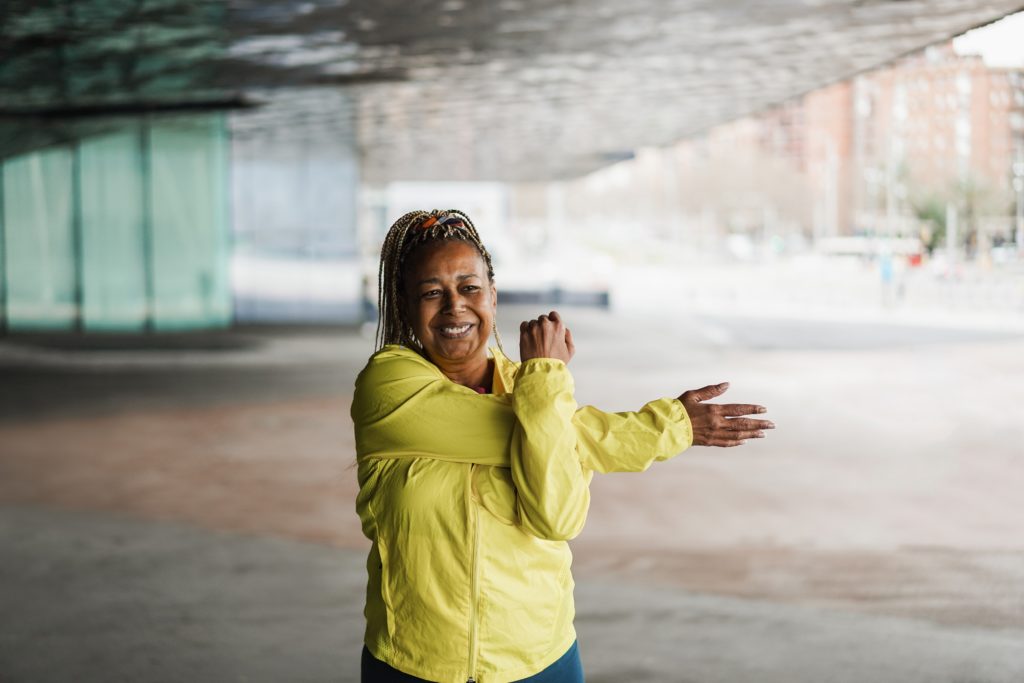
How to Establish Daily Rhythms That Build Resilience
Great jazz gets your feet tapping and head bobbing. We call it swing—a topic addressed in Science News on 7 October 2022. Good swing comes from a 30-millisecond delay between the rhythm section and the soloist.
Rhythm is an ancient foundation of the cosmos, our planet and life. Planetary cycles create seasons, daylight, moonlight, and darkness. We feel the seasons, rain, sunlight, winds and waves on earth. Living creatures move, feed, reproduce, sleep and hibernate. In our physiology, thousands of rhythms dance with temperature, activity, hormones, digestion, activity, rest and recovery.
Throughout evolution, life was compelled by rhythm. Species found their niche by specialising in working within the confines of these rhythms. They had to find a way to survive and reproduce within the rhythms of nature. The miracle of biodiversity blossomed.
Then we came. Bursting with self-importance and innovation, we broke our dependence on rhythm. Light is continuous, heat counters cold and cold counters heat. Noise and vibration overwhelm ecosystems. Sleep, movement, hunting, gathering and reproduction are optional. We live, work and produce as we wish.
Yet, our rhythms are built into our genetic code. Circadian, sleep and ultradian rhythms become chaotic. Our well-being—activity, sleep, digestion, rest and breath—has collapsed. Mental illness, diabetes, obesity, heart disease, cancers, dementia, and inflammatory disease flourish when our rhythms are disrupted.
A recent study in JAMA Psychiatry demonstrates how an early activity rhythm significantly reduces depression and improves cognitive function. We face choices. Do we simply drive forward and disrespect human rhythms in the name of economic growth? Are we prepared to pay the price in sickness? Do we regulate human activity triggering revolution? Try telling patrons in a bar to go home at 7 pm or telling your teenager to get off devices.
In our work, we see individuals taking responsibility for establishing rhythms that work. Successful people take deliberate action to identify, establish and master rhythm. If you want to create your dance of success and joy, there are four steps—drills, rhythm, cadence and momentum:
Define your drills
Whilst our research identifies the drills that top performers follow most consistently, the first rule is to identify what works for you. Evolution creates diversity. The basics are consistent, but the specifics can be individualised. Dancers, musicians, athletes and great teams practice these drills diligently long before a performance. These drills usually include sleep, flow, bounce, relaxation, focus and exercise. They are your basic inputs. Alone they are meaningless.
Establish a daily rhythm and execute proficiently
Rhythm is difficult to establish in modern life. With the pressures of work, family and our digital onslaught, it is hard to find the space and time to execute a rhythm. This is where the study above is useful. Get up early and get moving. A rhythmic sequence of drills is achievable early in the day. By evening clutter and cognitive fatigue will overcome you.

Establish a basic rhythm that protects your sleep, rest, fitness and digestion. This survival rhythm must be as secure as cleaning your teeth. There are three key chunks:
- Your wake up routine that may include a stretch, exercise, meditation and breakfast.
- The periodic rests you take through the day to protect your cognitive function and get outside.
- You cool down routine to disengage from work and screens so that you are prepared for timely, quality sleep.
Regulate your cadence
Cadence drives the rhythm. Sometimes you are slow and quiet. At other times you drive up the intensity. We experience this when enjoying music, dance or sport. It is exactly the same in life and work. There are times to drive forward with our routines—executing your fitness or a work project with vigour and intensity. At other times we must soften and allow for rest, celebration and reflection. Most of us rarely activate a slower cadence enough.
Cadence creates the opportunity for flow. In the pause, we refresh, prepare and plan. When it is time to enter the flow state, you focus on the goal and raise the intensity. Aim to execute a flowing rhythm for at least ninety minutes at work and sixty minutes in your personal life.
Master momentum
When your rhythm is established, and you feel the rise and fall of cadence, you will experience momentum. Goals are achieved. Flow states are enjoyed every day. Rest is disciplined and timely. Your life and your work gather forward momentum. This is the holy grail of competitive sport. That is why athletes are so focused on drills, rhythms, cadence and finding momentum.
In life, momentum generates purpose, meaning and fulfilment. It is the signal of a good life. At work, momentum develops innovation, agility and transformation. It is hard to compete with a team with momentum, and working in such a team is wonderful.
Momentum can only be sustained when drills are practiced, rhythms upheld, and cadence regulated. This is a key role of leadership—both in your life and in your team or business.
Conscious people are learning this lesson. Yes, it is critical to align with the rhythms of nature. That is not enough. We must create and establish the rhythm of our own personal lives and that of work.

